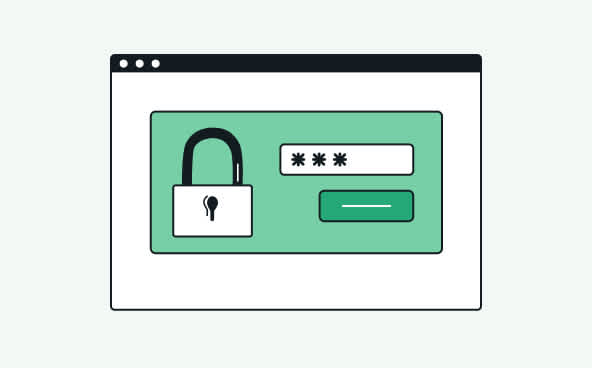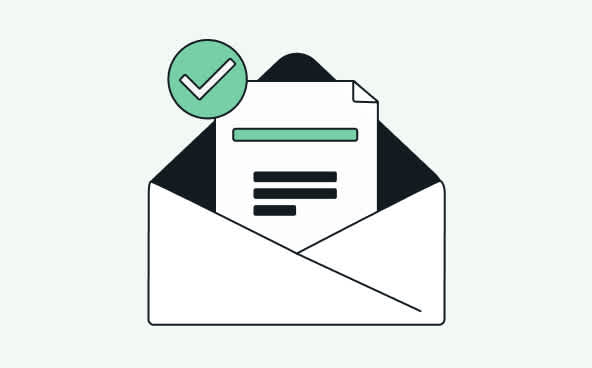Improve Your Deliverability
Optimize your reputation with a dedicated IP
No result
Inbox providers monitor the IP address of incoming traffic and track a reputation score for those IPs. Having a dedicated IP means that you are the only one responsible for its reputation. This is important because one of the major factors in determining which emails land in the inbox, without being blocked or filtered, is the reputation of the IP address that sends the email. Also, a dedicated IP will make it easier to troubleshoot the root cause of deliverability issues and request the whitelisting of your own IP from some external postmasters.

In contrast, a shared IP address is another type of IP that is pooled among many different senders. This means the email behavior of one sender can affect the others. Note that the minimum required volume from most of the Internet Service Providers (ISPs) to have a dedicated IP is 150,000 emails per month, and 5,000 mails per day. This high volume is requested because lower volume senders will not be sending frequently enough for ISPs to consider the dedicated IP to have a good reputation. Shared IPs are sometimes necessary because not every sender has enough email volume to support a dedicated IP.
How to set up a dedicated IP
To start with a dedicated IP, you must first make sure to use an Email Service Provider (ESP) that offers them, and then:
If your dedicated IP address is brand new and ISPs have never received email from it, you need to start building your reputation properly with an IP warm-up.
An IP warm-up means you start sending a small but gradually increasing volume of emails, giving the ISPs the time needed to analyze your content, see how recipients react, and other factors involved in building a strong sender reputation. (ISPs are suspicious of large volumes of emails from a new IP address with no prior sending history – also known as a cold IP – as this behaviour is common with spammers.)
It’s also important to focus on more than just the volume you send. Make a positive impression with the ISPs by focusing on active recipients who opted-in to receive your emails, and who find value in the content you send. High "marked as spam” and unsubscribe rates, as well as low user engagement (low opens and clicks), are clear indications to the ISPs that your mail is going to recipients who do not wish to receive it. This can lead to your mail being delivered to the spam folder, and it can also increase the length of time it takes to finish your IP warm-up.
Result
If you have the required email volume to get a dedicated IP, your ability to deliver to the inbox will no longer be influenced by the mailing practices of other senders. Instead, it will be entirely dependent on your list collection and targeting practices.
Difficulty
Intermediate
Pro Tip
If you send both marketing and transactional emails, separate your traffic onto two separate IP addresses to ensure that more crucial transactional emails (such as invoices and account updates) are not affected by the reputation of your marketing emails.
You might also like

Deliverability
Ensure your domain authentication with SPF and DKIM
Learn More

Deliverability
Carefully define your sender address
Learn More

Open rates
Gain trust with recognizable email sender information
Learn More

